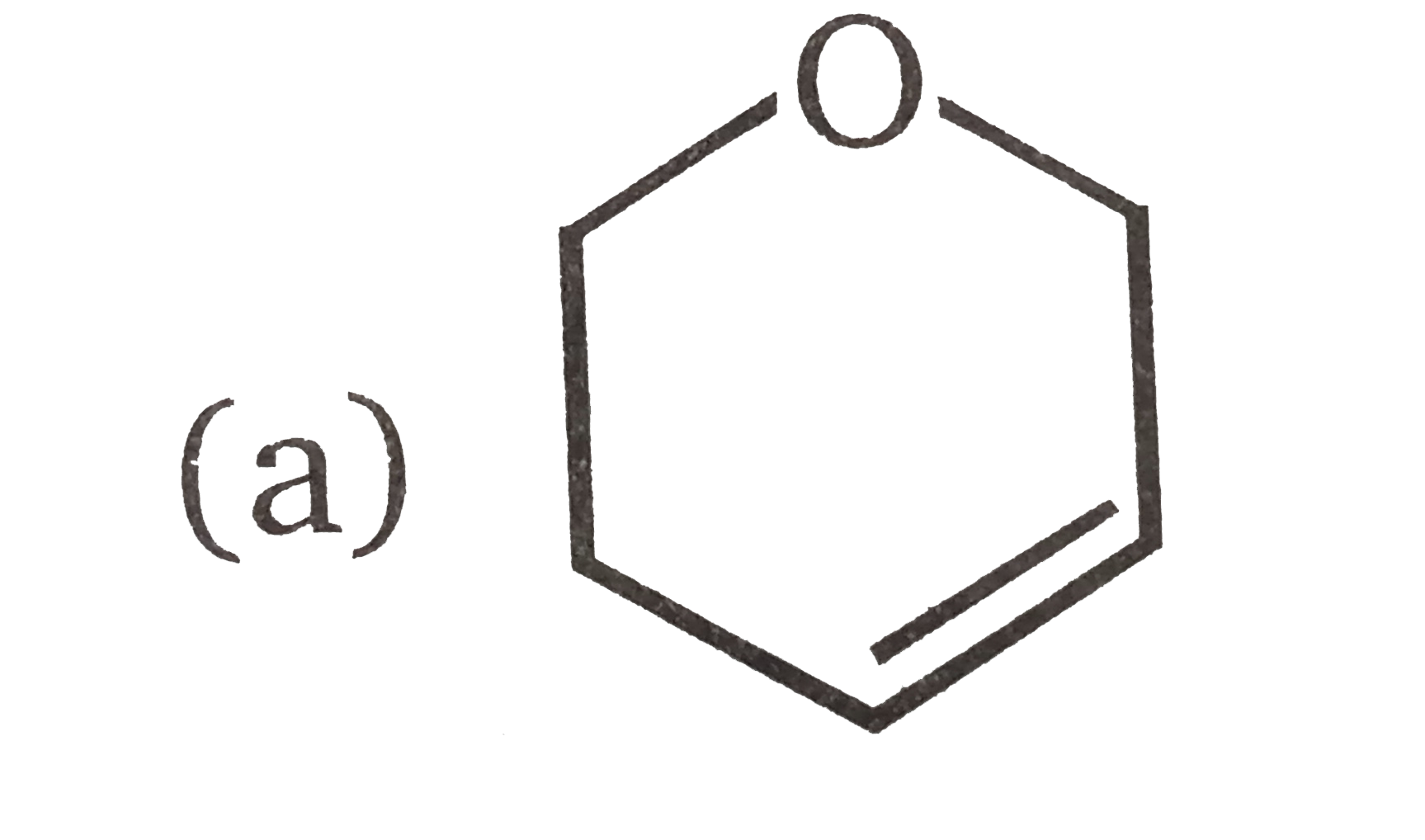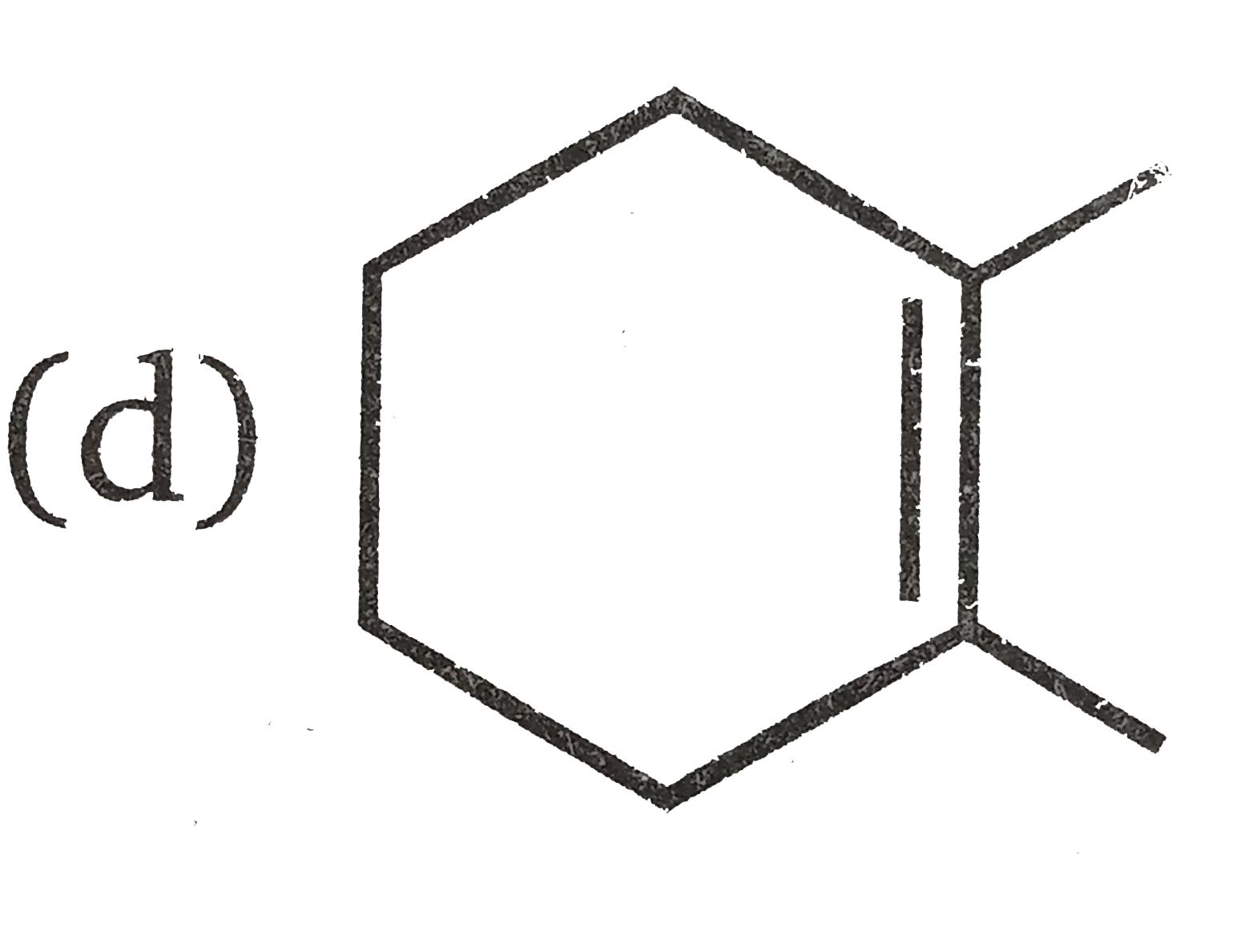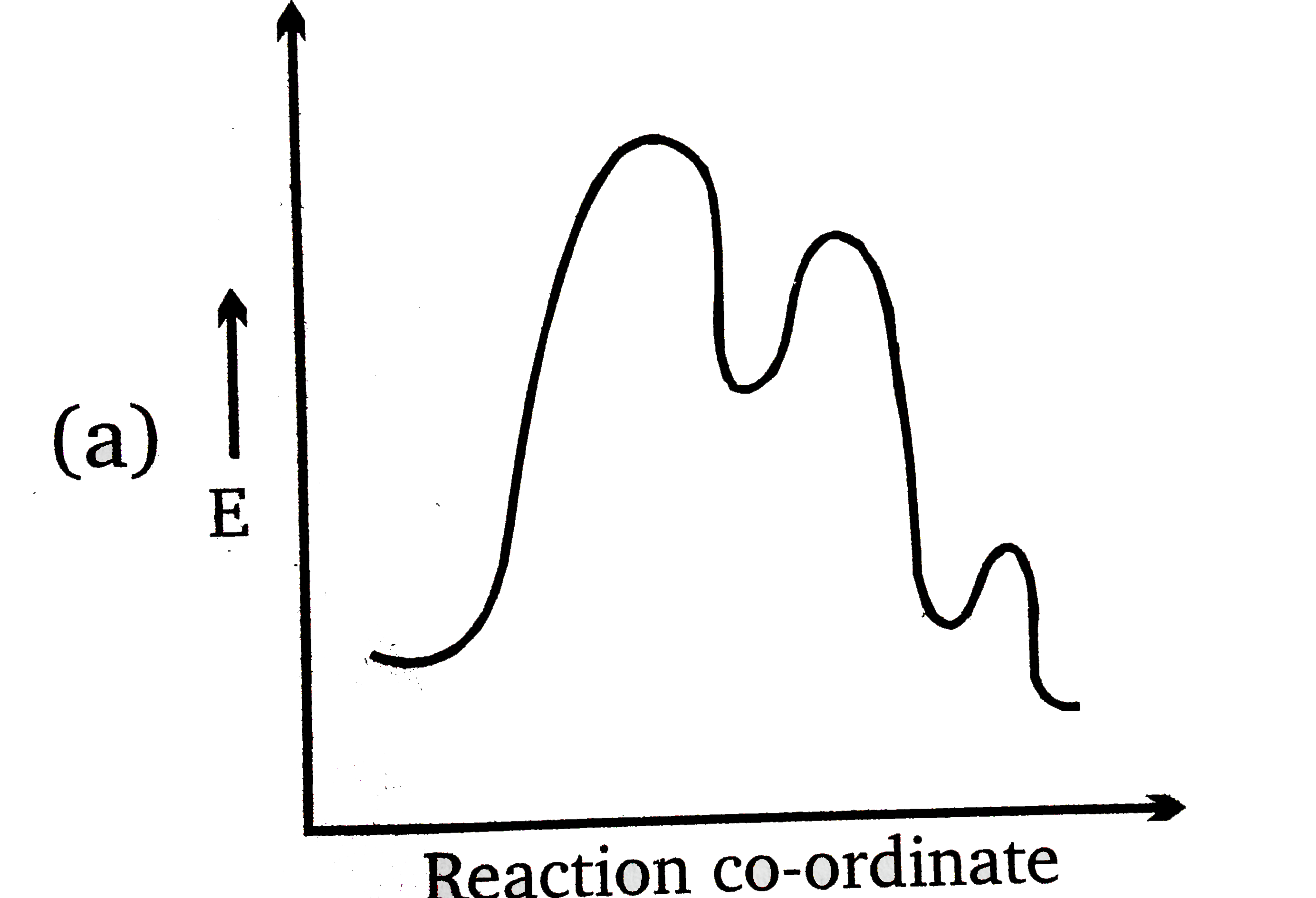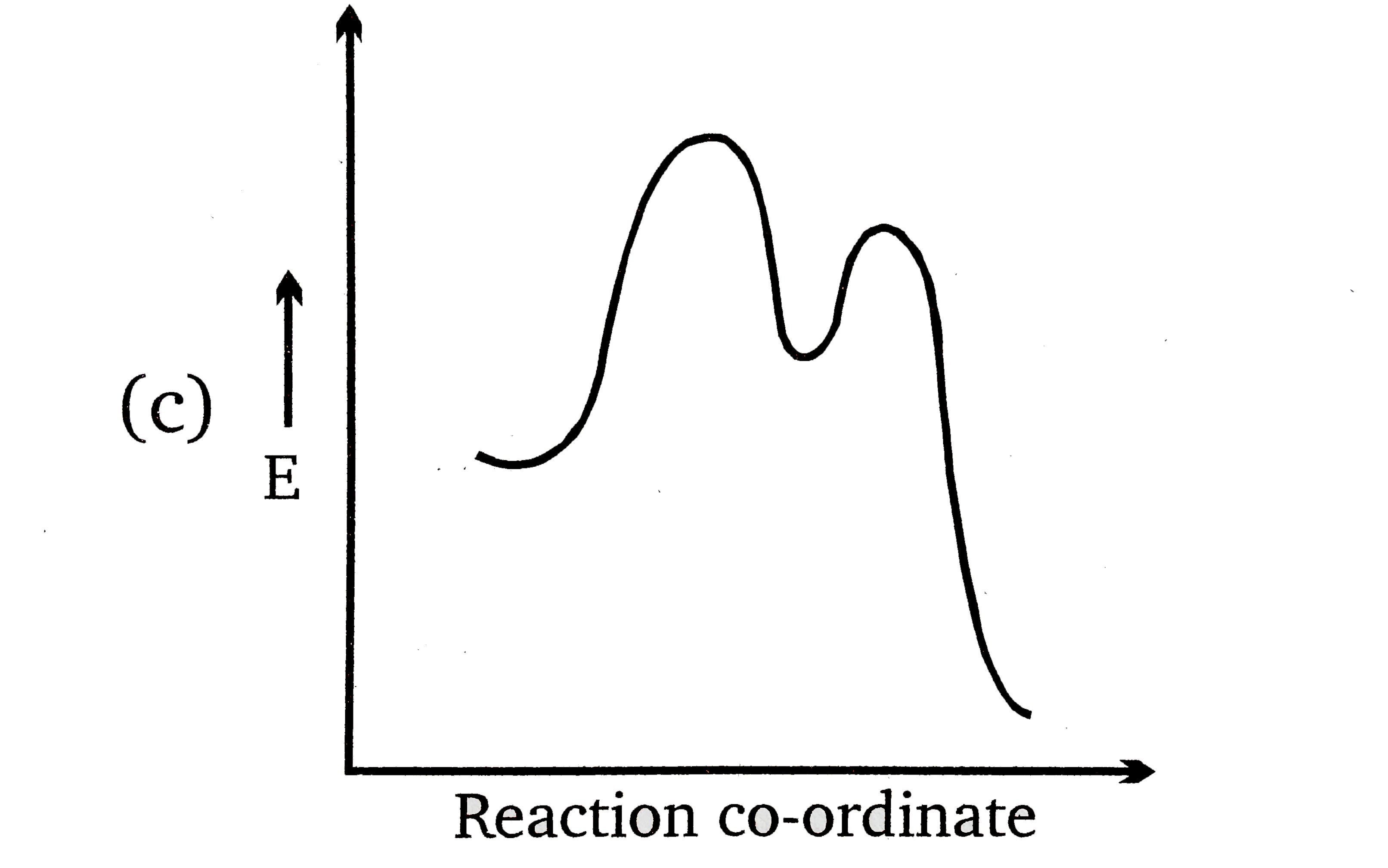Markovnikov's rule governs the addition of
unsymmetrical reagents to symmetrical alkenes
symmetrical reagents to unsymmetrical alkenes
unsymmetrical reagents to unsymmetrical alkenes
symmetrical reagents to symmetrical alkenes.
The correct Answer is:C
Topper's Solved these Questions
- ALIPHATIC COMPOUNDS Book:MTG-WBJEEChapter:ALIPHATIC COMPOUNDS Exercise:WB JEE WORKOUT (CATEGORY 2 : Single Option Correct Type)
Explore 15 Videos
- ALIPHATIC COMPOUNDS Book:MTG-WBJEEChapter:ALIPHATIC COMPOUNDS Exercise:WB JEE WORKOUT (CATEGORY 3 : ONE OR MORE THAN ONE OPTIONS CORRECT TYPE )
Explore 10 Videos
- ALIPHATIC AMINESBook:MTG-WBJEEChapter:ALIPHATIC AMINESExercise:WB JEE Previous Years Questions ( CATEGORY 3 : One or More than One Option Corred Type (2 Marks) )
Explore 1 Video
- APPLICATION ORIENTED CHEMISTRYBook:MTG-WBJEEChapter:APPLICATION ORIENTED CHEMISTRYExercise:WB JEE PREVIOUS YEARS QUESTIONS (CATEGORY 1 : Single Option Correct Type)
Explore 1 Video
Similar Questions
The alkenes have π-bonds which make them highly reactive. These undergo electrophilic addition reactions, Addition of HX to unsymmetrical alkenes gives two products and follow Markovnikov rule and anti- Markovnikov rule. The addition occure through the formation of carbocation in Markovnikov rule and free radicals in anti-Markovnikov zule. The ozonolysis reaction of alkenes helps to locate the position of double bond.
What product is obtained when propene reacts with CI2 in the presence of water?
View SolutionThe alkenes have π-bonds which make them highly reactive. These undergo electrophilic addition reactions, addition of HX to unsymmetrical alkenes gives two products and follow Markovnikov rule and anti- Markovnikov rule. The addition occurs through the formation of carbocation in Markovnikov rule and free radicals in anti-Markovnikov rule. The ozonolysis reaction of alkenes helps to locate the position of double bond.
Write the major product in the following reaction:
CH3−CH3∣CH−CH=CH2HBr−−→
View Solution
Knowledge Check
Markownikoff's rule governs the addition of
Aasymmetrical reagent to symmetrical alkenesBsymmetrical reagent to asymmetrical alkenesCasymmetrical reagent to asymmetrical alkenesDsymmetrical reagnet to symmetrical alkenesVladimir Markovnikov rule:
Alkenes undergo electrophilic addition reactions. It is triggered by the acid acting as a electrophile toward π-electrons of the double bond.
Markovnikov's rule states that when an unsymmetrically substituted alkene reacts with a hydrogen halide, the hydrogen atom adds to the carbon that has the greater number of hydrogen, e.g.,
 Which of the following is most reactive toward Markovnikov addition?A
Which of the following is most reactive toward Markovnikov addition?A B
B C
C D
D
Vladimir Markovnikov rule:
Alkenes undergo electrophilic addition reactions. It is triggered by the acid acting as a electrophile toward π-electrons of the double bond.
Markovnikov's rule states that when an unsymmetrically substituted alkene reacts with a hydrogen halide, the hydrogen atom adds to the carbon that has the greater number of hydrogen, e.g.,

What is the energy profile for the given reaction?A B
B C
C D
D
The alkenes have π-bonds which make them highly reactive. These undergo electrophilic addition reactions, Addition of HX to unsymmetrical alkenes gives two products and follow Markovnikov rule and anti- Markovnikov rule. The addition occure through the formation of carbocation in Markovnikov rule and free radicals in anti-Markovnikov zule. The ozonolysis reaction of alkenes helps to locate the position of double bond.
Name the products formed when 2-methylpropene is treated with ozone followed by Zn,H2O.
View SolutionThe alkenes have π-bonds which make them highly reactive. These undergo electrophilic addition reactions, Addition of HX to unsymmetrical alkenes gives two products and follow Markovnikov rule and anti- Markovnikov rule. The addition occure through the formation of carbocation in Markovnikov rule and free radicals in anti-Markovnikov zule. The ozonolysis reaction of alkenes helps to locate the position of double bond.
Predict the major product in the following reaction:
CH3−CH=CH2HBr−−−−−−→(PhCOO)2
View SolutionThe alkenes have π-bonds which make them highly reactive. These undergo electrophilic addition reactions, Addition of HX to unsymmetrical alkenes gives two products and follow Markovnikov rule and anti- Markovnikov rule. The addition occure through the formation of carbocation in Markovnikov rule and free radicals in anti-Markovnikov zule. The ozonolysis reaction of alkenes helps to locate the position of double bond.
Ozonolysis of an alkene 'A' followed by decomposition with water and a reducing agent gave a mixture of two isomers of the formula C3H6O. Give the structure of the alkene and its IUPAC name.
View SolutionVladimir Markovnikov rule:
Alkenes undergo electrophilic addition reactions. It is triggered by the acid acting as a electrophile toward π-electrons of the double bond.
Markovnikov's rule states that when an unsymmetrically substituted alkene reacts with a hydrogen halide, the hydrogen atom adds to the carbon that has the greater number of hydrogen, e.g.,

Identify the major products r1,r2 and r3 in the given reactions

View SolutionVladimir Markovnikov rule:
Alkenes undergo electrophilic addition reactions. It is triggered by the acid acting as a electrophile toward π-electrons of the double bond.
Markovnikov's rule states that when an unsymmetrically substituted alkene reacts with a hydrogen halide, the hydrogen atom adds to the carbon that has the greater number of hydrogen, e.g.,

In which of following reactions, carbocation rearrangement is possible?
View Solution
